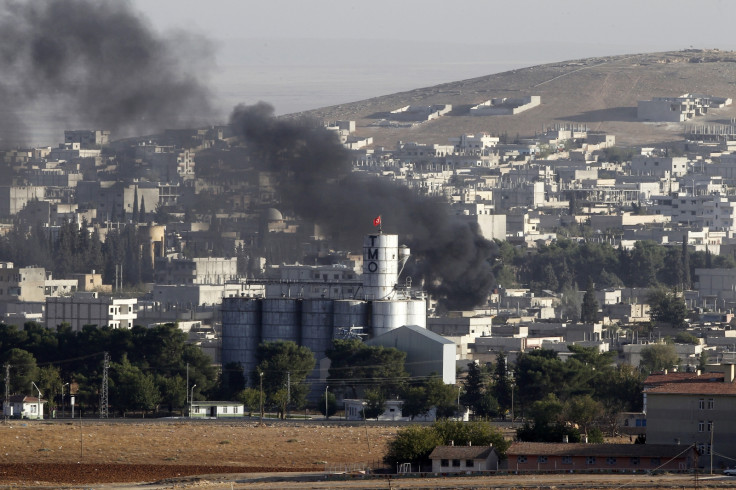Did Isis Use Chemical Weapons Against the Kurds?
Pictures allegedly show victims of Isis chemical weapon attack

Photographs have been published which experts claim show the hideous wounds caused by chemical weapons used by Isis militants in an attack on Kurdish fighters earlier this year.
Obtained by the Middle East Review of International Affairs, the pictures allegedly show the dead bodies of three Kurdish fighters killed by Isis militants during an attack on a village near Kobani, Syria.
Kobani is currently in the international spotlight, after Kurdish fighters resisted the onslaught of Isis fighters for weeks.
Kurdish activists claim that the weapons were used in an earlier attack on the village of Avdiko on 12 July, reports the Jerusalem Post.
Mustard gas suspected
Nisan Ahmed, health minister of the autonomous Kurdish region in northern Syria, said that the wounds could not have been caused by bullets or conventional explosives, and consisted in "burns and white spots… without any visible wounds or external bleeding."
The journal quotes an Israeli expert claiming that the wounds suggest the use of mustard gas, but adding that the evidence was inconclusive and further research was needed.
It suggests that the chemical weapons could have been acquired following Isis's capture of the Muthanna complex about 36 miles northwest of Baghdad, which was used by the government of Saddam Hussein to produce chemical weapons.
At the time of the capture, the US State Department declared that there were no intact chemical weapons at the site, and it would be very difficult to use the material for military purposes.
Since then, the US has warned that Isis could seize chemical weapons from the forces of Syrian president Bashar al Assad.
Recently, a laptop seized from an Isis militant contained plans for terrorist attacks using chemical weapons.
© Copyright IBTimes 2025. All rights reserved.






















